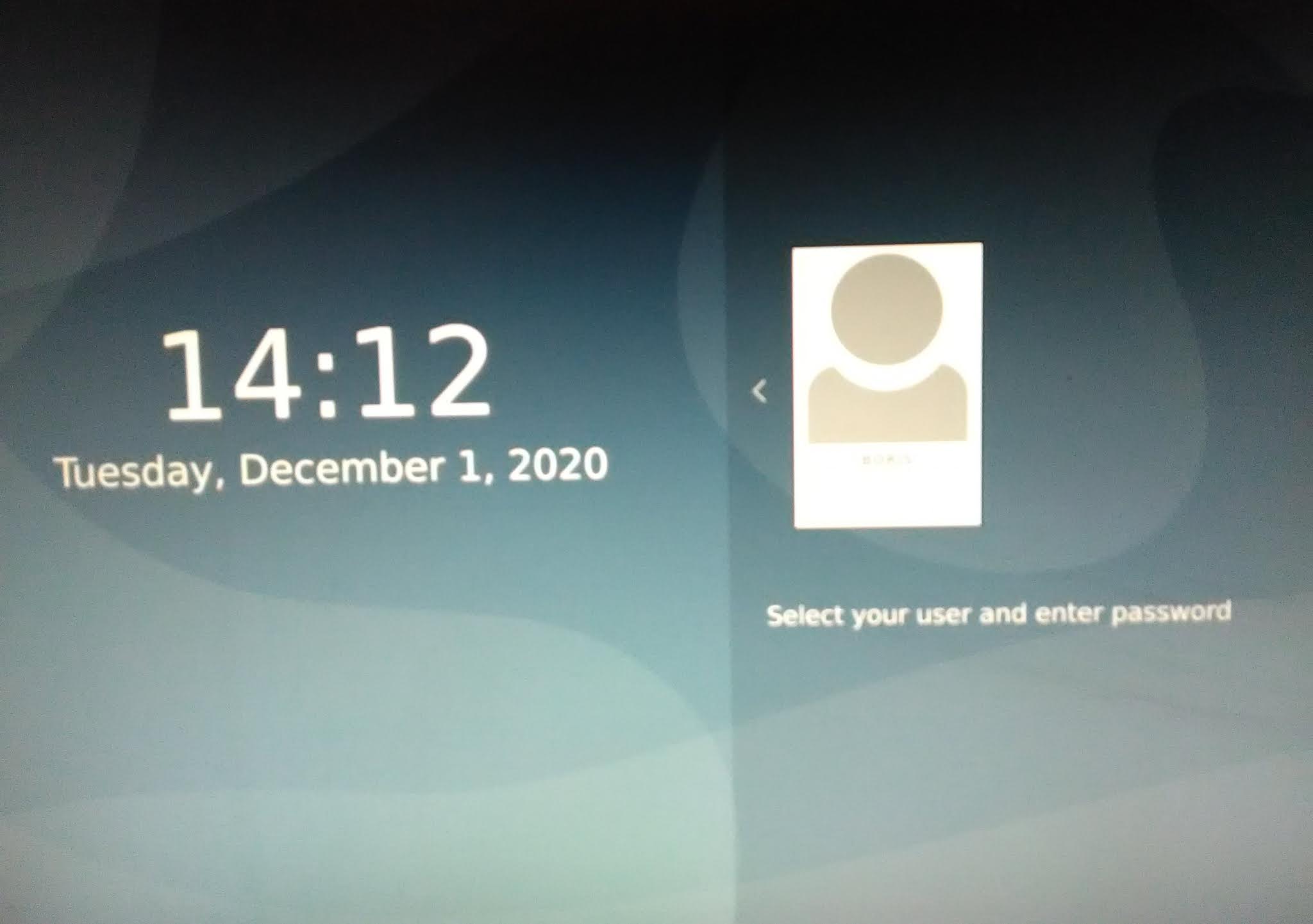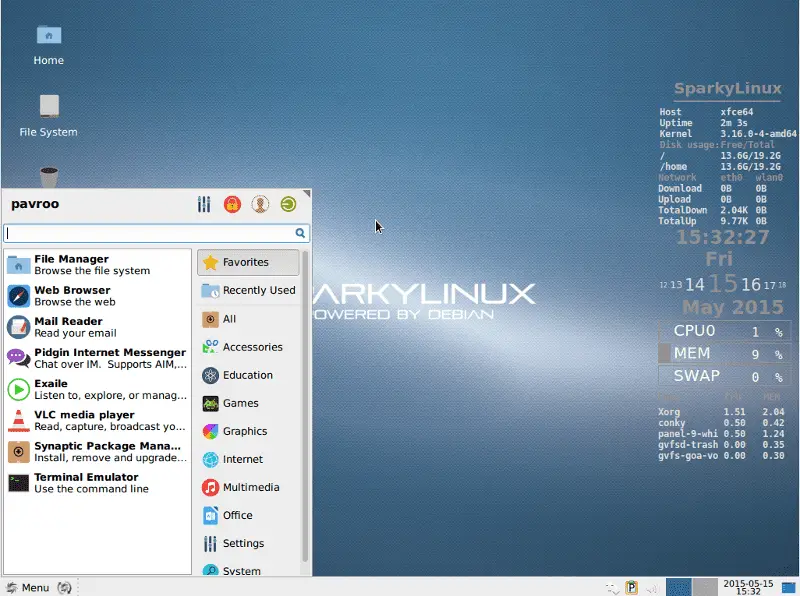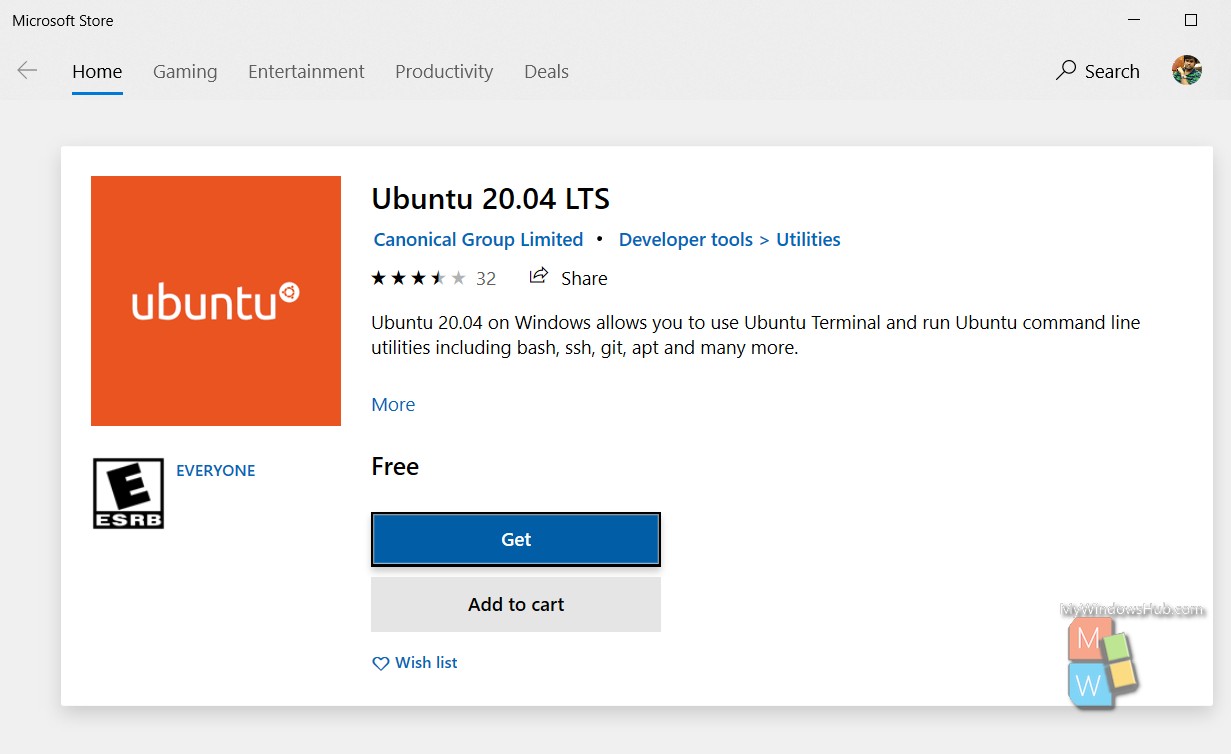

Note, selecting 'libolap4j-java' for regex '' Note, selecting 'libosmgpsmap2' for regex '' If that is not found, it uses the file xserverrc in the xinit library directory. To determine the server to run, startx first looks for a file called. Note, selecting 'libstdc++-dev-armel-cross' for regex '' If command line client options are given, they override this behavior and revert to the xinit(1) behavior. Note, selecting 'libsvm-java' for regex '' Note, selecting 'libtexttools-doc' for regex '' Note, selecting 'libuuidm-ocaml-dev' for regex ''

Note, selecting 'mpg123-alsa' for regex '' Note, selecting 'omninotify' for regex '' Now you can hopefully understand what happened. This regex matches over 98% of the packages in the repositories, and unfortunately your command has requested they all be fully deleted along with their configuration. This matches every package which contains one of c,e,i,l,p,s or E in its name.

#Startx command not found debian 9 install#
So it will install most of the packages in the repositories. This will find every package which contains any of those characters in its name. Now we're matching all packages where the name contains the text "edit" directly preceeded by any lowercase alphabetical character - it it would match "gedit", "kcoloredit", "gedit-latex-plugin", "ckeditor", etc. I already reinstall Node.js - I already tried following the steps of the Official Page. bash: npm: command not found Im a newbie on Debian and I cant understand whats happening. This matches all packages where the name starts with "anyedit" - there aren't any. bash: node: command not found Output for nodejs -v. This matches all packages with "anyedit" anywhere in the name - this is going to find "eclipse-anyedit". If command line server options are given, they override this behavior and revert to the xinit(1) behavior. This matches all packages called "anyedit" precisely - there aren't any. To determine the server to run, startx first looks for a file called. I advise against testing these yourself, so I have added the -s flag - this runs a simulation, as opposed to actually changing your system. Here's some examples of the behaviour of apt-get. It's all relatively intuitive behaviour, so you don't need to think about it most of the time. After reading a while I found that I needed to install xinit package to have startx in my machine. apt-cache disregards case, whilst apt-get respects it, etc. Today, I was 'playing' with the Linux configuration (as usually) and using tasksel on my Debian I remove the Desktop section, and installed it again, when I tried to use startx I just could not, there was no startx command. apt-cache search searches both name and description fields, whilst apt-get searches just the name field. The apt-* commands all take arguments in the form of regex strings however, different apt-* commands handle them differently. This does something very different to what you were expecting. But, much more significantly, note the square brackets. To just reinstall eclipse, you could use: To reinstall eclipse, purging all config, you could use: Interesting in learning Linux Administration? Check out this administration Bootcamp course.I see you reinstalled anyway, but if you actually ran what you said you ran, then this is the explanation for why your system broke. I hope the above helps you to boot CentOS in graphical desktop mode. pacman -S xinit error: target not found: xinit. On my Debian box, dpkg -S /usr/bin/startx xinit: /usr/bin/startx. However, startx bash: startx: command not found. So I installed xorg-server as per the opening lines in the wiki. yum groups install "KDE Plasma Workspaces" Next, I installed openbox, surprisingly finding that X is not among it's dependencies. If you are not a GNOME fan then Alternatively, you may install the KDE environment with the below command. Restart the CentOS, and it should be booted in GNOME GUI mode.Open a terminal and execute the following command.So you need to preserve the settings to start in graphical mode every time you boot the OS. When you reboot your CentOS, you will see the command prompt again. You need to go through accepting a license, creating a user, configuring language, keyboard type to set up for the first time, and finally, you will have the CentOS desktop. It will take a few minutes to install the packages needed for GNOME and once done use “startx” command. Let’s install GNOME Desktop with the following command.

If you are in the same situation then here is how you can install the necessary package to boot in GUI (Graphical User Interface) mode. It looks like Desktop Environment was not installed for some reason. Lately, I installed CentOS 7 in VMWare, and it was all good until it booted in CLI (Command Line Interface) mode.


 0 kommentar(er)
0 kommentar(er)
